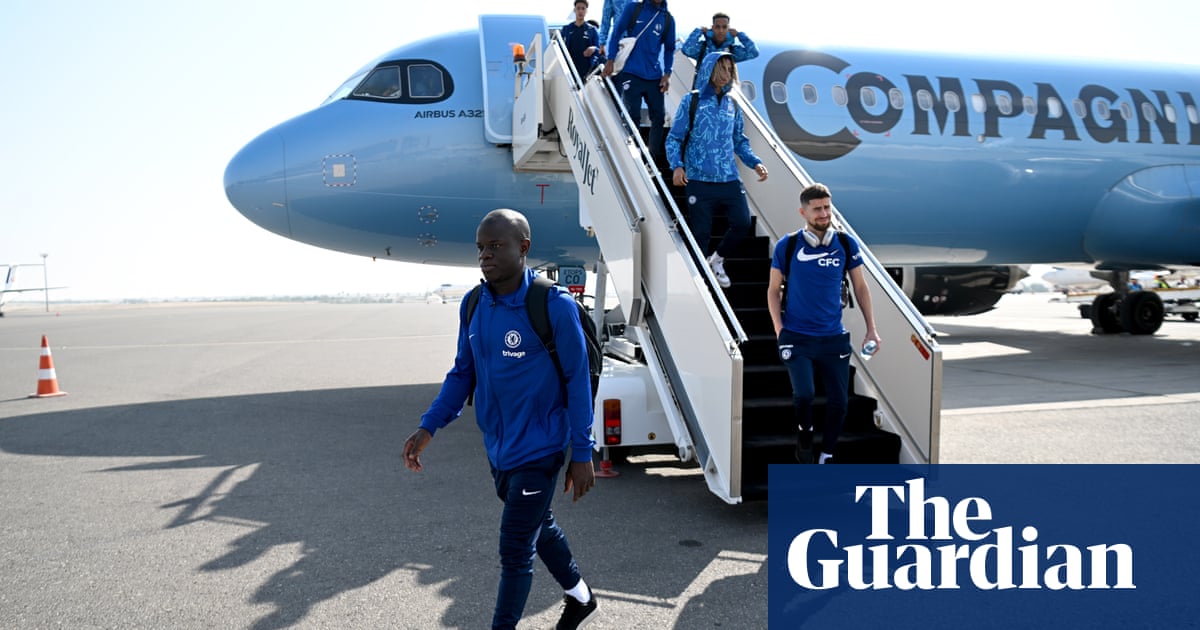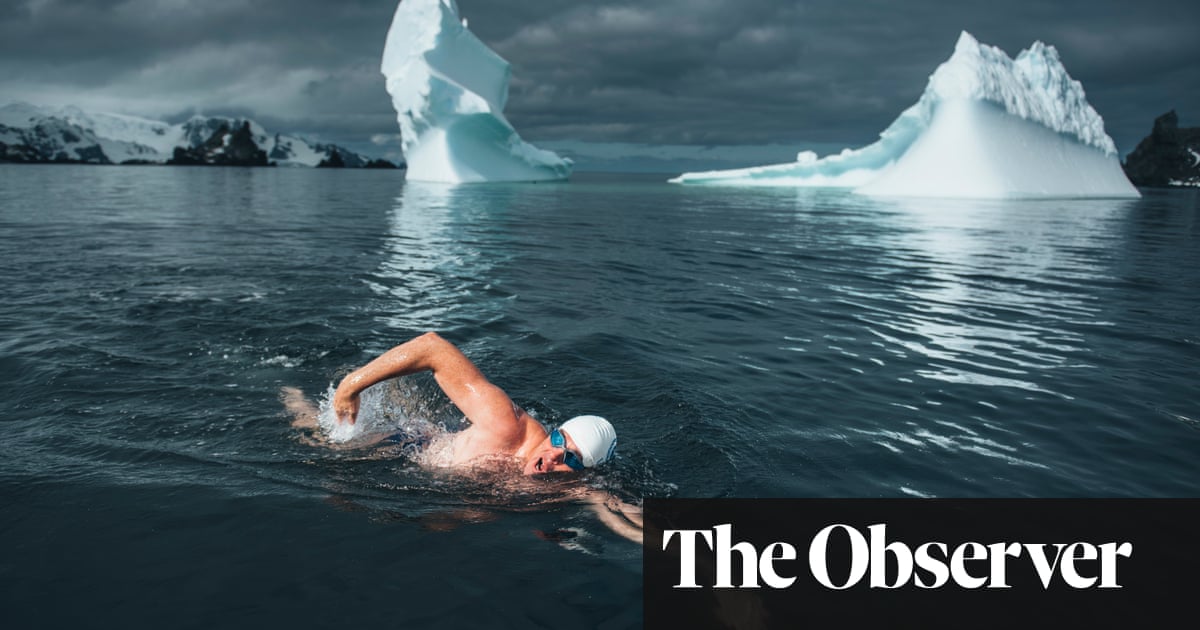
From Wimbledon Common to Kelvingrove park – the Wombles, Britain’s much-loved environmentally friendly furry creatures who became TV stars in the 1970s, are back in the spotlight after being announced as ambassadors for the government’s #OneStepGreener initiative in the run-up to Cop26 in Glasgow.
Famous for collecting litter on Wimbledon Common in London and upcycling it, the Wombles will be promoting activities that people can do to reduce their carbon impact, such as walking and cycling, planting trees and reducing food waste, before the climate summit in November.
But not everyone is convinced that their advocacy gives the right message. Prof Julia Steinberger, a lead author with the Intergovernmental Panel on Climate Change, says the government’s failure to act decisively on the climate crisis by continuing to extract and subsidise fossil fuels was a “direct threat” to the life chances of British children.
“Reviving the beloved Wombles to deflect responsibility away from themselves and towards blaming individual citizens marks the UK government as deceptive and untrustworthy on this most important topic,” she said.
Perhaps the Wombles – who were created by author Elisabeth Beresford in 1968 – are simply behind the times. Today, children’s TV programmes are not shy in dealing with the climate crisis.
Animated preschool heroes Octonauts, for example, encounter rising sea levels, soaring temperatures and unpredictable rainy seasons in their adventure series Above & Beyond, while walruses, yellow-bellied sea snakes and tree frogs are among the creatures they are called in to rescue from the effects of the climate crisis. In one episode, rabbit engineer Tweak says the “whole planet is changing” and encourages viewers to ask questions about this.
CBeebies series Go Jetters has also tackled the issue. In an episode about the climate crisis, its animated characters help polar bears whose Arctic ice home is melting. While most episodes end in a jolly “souvenir selfie” having saved the day, this time the Go Jetters conclude that “the mission to stop climate change isn’t complete”.
BBC executive producer Tony Reed says a huge amount of care and attention goes into telling these stories in a way that preschool-age children will understand. “We want [Go Jetters] to be entertaining and exciting for the audience but that is a fine balance when telling these harder hitting stories.”
For young audiences, information has to be clear and succinct, so the “biggest challenge is to distil these big themes into bite-size chunks without undermining or devaluing the core theme”.
In Go Jetters, a disco-loving unicorn presents three “funky facts” at the end of each episode. “Finding simple language and simple ways of presenting the information while retaining factual correctness is very challenging for the writers,” says Reed, adding that an educational consultant is always on hand.
Dr Sophie Dauvois is editor of Okido, an arts and science magazine for three to seven-year-olds with a television spin-off Messy Goes to Okido. She says there is a difficult line to tread to inform young children without making them feel guilty or paralysed with fear. “We are not pointing the finger at anyone really. We try to give them tools to do something and be positive.”
Many children’s factual TV programmes cover environmental topics such as recycling and energy use. But Dauvois says exploring them with fictional characters is a useful way of playing out different scenarios safely. “Storytelling is a strong way of communicating science or other ideas, as well as through learning and play. They can question, they can laugh, they can make jokes about it.”
Reed says the Go Jetters episode on the climate crisis, as well as those on other big environmental topics such as endangered species, fatbergs and the Great Pacific garbage patch, have attracted positive comments from parents and caregivers, and some have been used by teachers at school.
But Steinberger remains concerned about the general approach to climate education, saying children of all ages should be taught to use their collective power as activists, not as individuals.
As one Twitter user noted about the arrival of the Wombles on the environmental stage: “As a child of the 70s, they hold a special place in my heart, but I’m not sure that wombling free will quite get us to net zero.”












